HP Sprout Reinvents PCs with Touch Mat Screen, 3D Scanner
A new all-in-one PC from HP combines a depth-sensing camera, projector and touch-sensitive mat to create an immersive dual-screen experience.
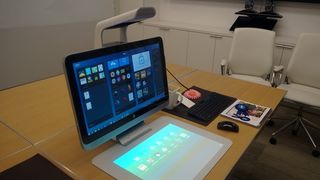
We've seen our share of innovative PCs, but we've never seen anything pop up like the HP Sprout. Five years in the making, the 23-inch Windows 8 all-in-one uses a depth-sensing camera, overhead projector and touch-sensitive mat to digitize, manipulate and share real-world objects while providing a unique dual-screen experience.
Available Nov. 9 for $1,899, the Sprout sports a host of premium specs, including a 3.2-GHz Core i7-4790S processor, Nvidia GeForce GT 745A graphics, 8GB of RAM, and a 1TB hybrid hard drive. With a 23-inch full HD monitor that supports 10-point touch, DTS sound and these high-end components, the system promises a great multimedia, productivity and gaming experience on its own. However, the Sprout's Touch Mat, Illuminator projector / camera and proprietary software are the real stars of the show.
MORE: Best All-in-One PCS of 2014
Touch Mat and Illuminator
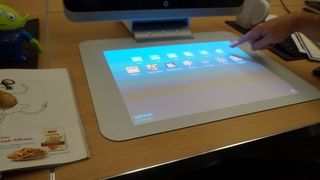
Talk about a mat display! Designed to sit on table space in the front of the Sprout. the HP mat is a 20-inch flat capacitive surface that serves as a secondary display, scanning bed and some-time controller. Looking very much like a desk lamp. the HP Illuminator arches over the top edge of the monitor. Its bottom surface contains an HP DLP projector, a 14.6-MP camera, an Intel RealSense 3D camera with depth-perception and an actual LED desk lamp.
The Iluminator projects images on the mat, which takes touch input with the ability to sense up to 20 fingers at once. Windows 8.1 recognizes the mat as a second monitor while HP's software allows it to run the Windows Start screen, any Modern UI app or one of the Sprout's custom apps. There's also a wireless keyboard and mouse for more traditional navigation.
In a demo we witnessed, HP Distinguished Technologist Brad Short showed how the mat could be used as a second screen with apps that use the company's custom SDK. In one example, he played music with a piano app that appeared on the mat while the notes showed on the main display. In another, he played a side-scrolling game where the controls lived on the mat, but the action lived on the monitor.
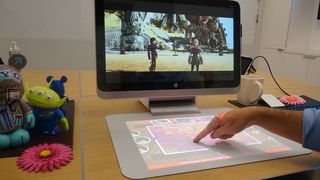
At HP's launch event, we used a "How to Train Your Dragon" animation application that allowed us to make edits with controls on the mat while watching the finished product on the screen.
Sign up to get the BEST of Tom's Guide direct to your inbox.
Get instant access to breaking news, the hottest reviews, great deals and helpful tips.
We also had the chance to play the side-scroller Castle Crashers at the event. We were impressed with the Sprout's ability to move the controls around on the pad so that our favorite buttons and pads were in just the right place for us.
Custom UI
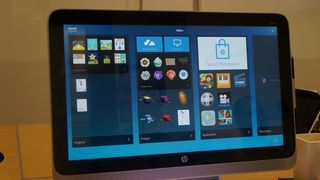
HP has its own custom interface called HP Workspace on top of Windows 8.1, which makes the dual-screen set up more functional. Workspace allows you to easily flick images and 3D objects from one display to another or one app to another. The built-in image editing app is particularly powerful, as it lets you scan, rotate or otherwise edit pictures and virtual objects.
2D and 3D Scanning
Using the Workspace image editing app, along with the depth-sensing RealSense camera, you can effectively scan 2D or 3D objects that are sitting on the mat. As we watched, Short placed a paper certificate on the mat and then scanned it with a tap. Though the mat is off-white and the certificate was white, the camera's infrared senor accurately detected the edges of the paper.
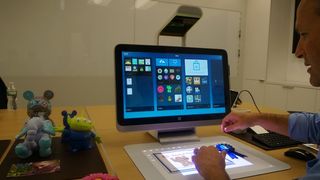
HP's Short also scanned a number of real-world objects, including a flower, a paper drawing, a potato and a doll. The flower, drawing and potato appeared as sharp, accurate 2D images with no background behind them. He manipulated the images in the editor and imported them into other apps, including PowerPoint, which has a plugin that makes it easy to add images from the Sprout into your presentations.
MORE: Hands-On with Meta's Augmented Reality Googles
Collaboration
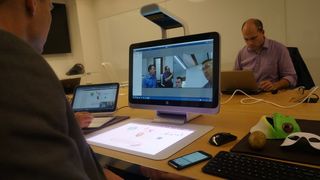
Using the HP MyRoom group conferencing app, Short shared a workspace with two other computers, one of which was a tablet PC rather than a Sprout. All three users were able to manipulate the images on display while talking face-to-face on the webcam.
3D Objects
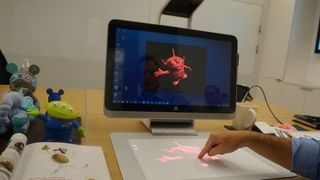
Short then scanned a doll in 3D mode, creating a rotatable object, but one with no backside. HP says that a future software update will allow the Sprout to scan real-world objects from 6 different angles and create 360-degree images. HP showed us an example of another doll it had scanned and then outputted via 3D printing.
We later saw another HP rep scan a small Buddha statue then use Workspace manipulate the 3D image. In a few short moments, he was able to change the color of the virtual Buddha statue, make two copies of it and combine it with other virtual objects.
Outlook
HP says that the Sprout will be just the first device with its HP Workspace software, Touch mat and illuminator. It's hoping to build an entire ecosystem, complete with a host of third-party applications and an SDK for developers. While the initial functions are technically impressive, the $1,799 price puts this system out of reach for the kind of casual, family users who might appreciate it most. The company is also targeting businesses and creative professionals, but whether serious designers / modelers will trade their Macs with Photoshop / Autodesk for the Sprout with HP Create remains to be seen.
Nevertheless, the Sprout proves that HP's innovation juices are still very much flowing. We look forward to getting a closer look at the Sprout in the near future.
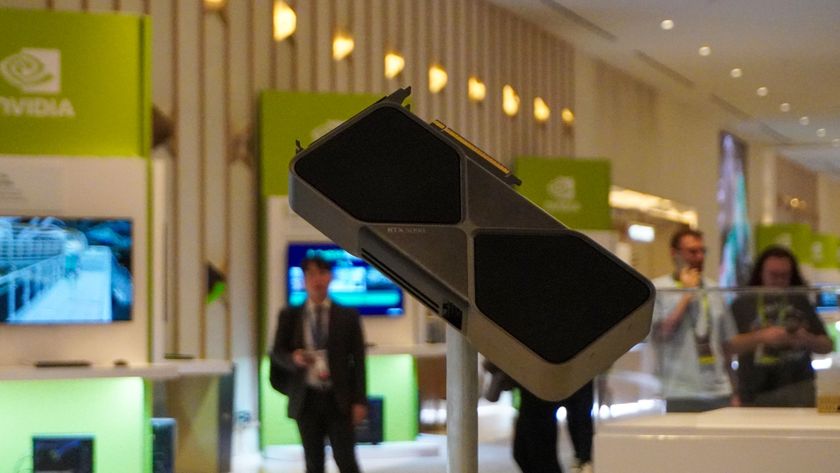
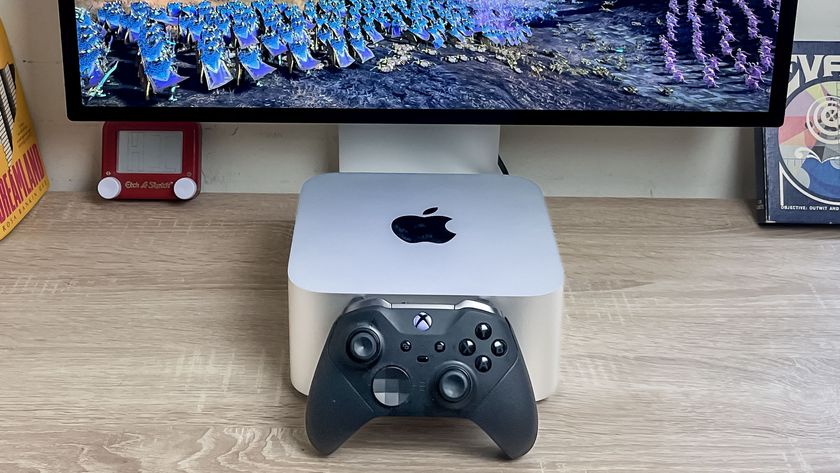
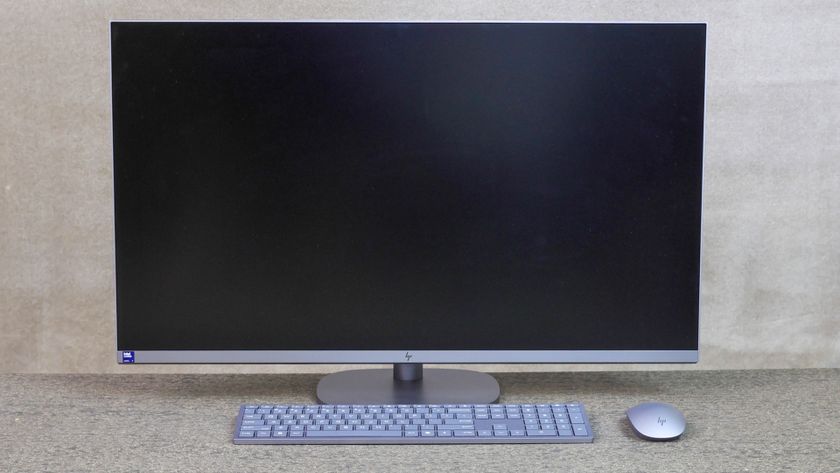
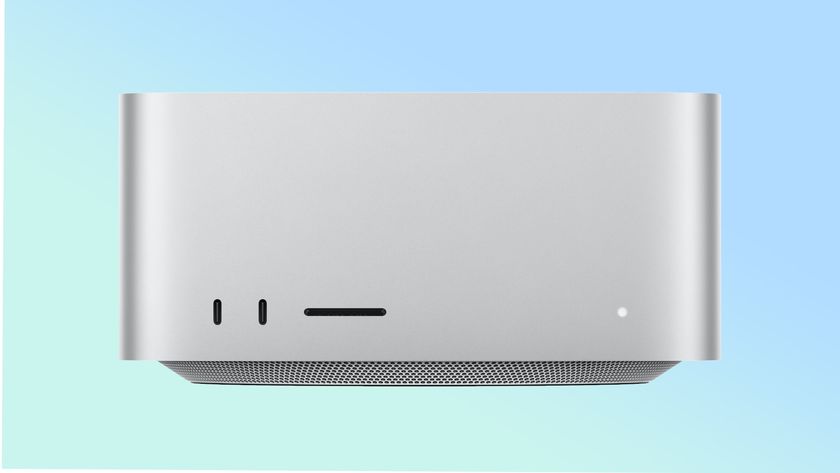
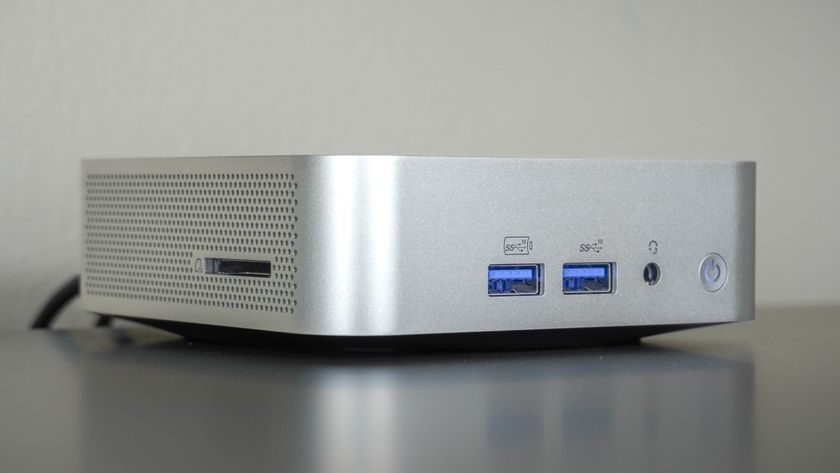
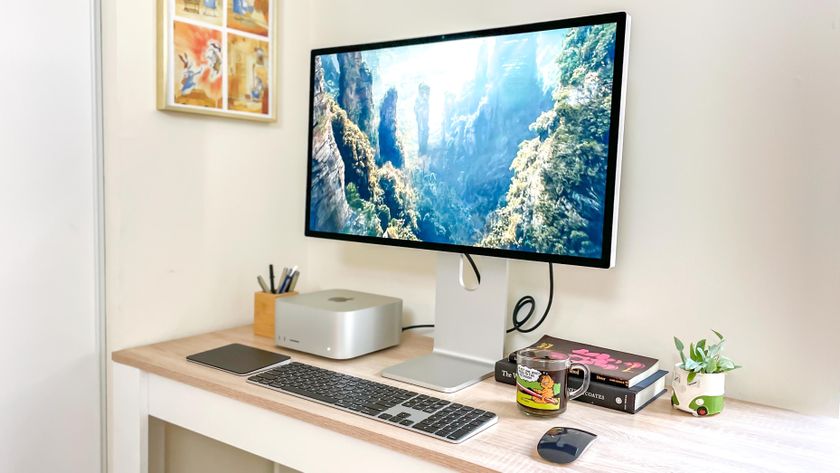
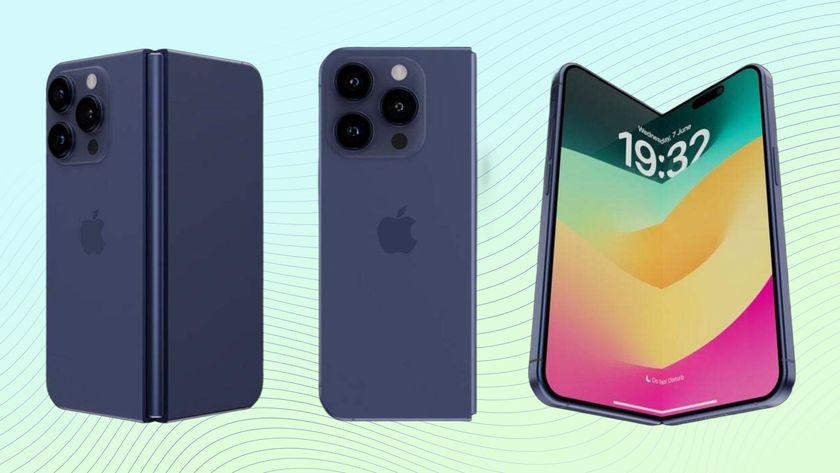
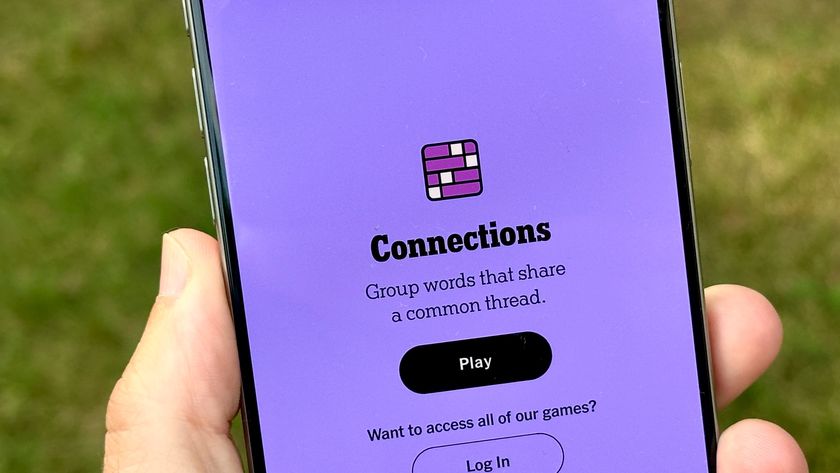

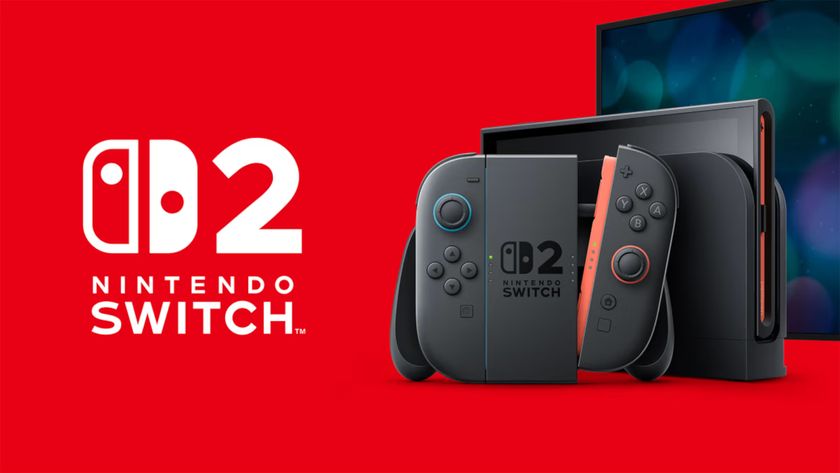
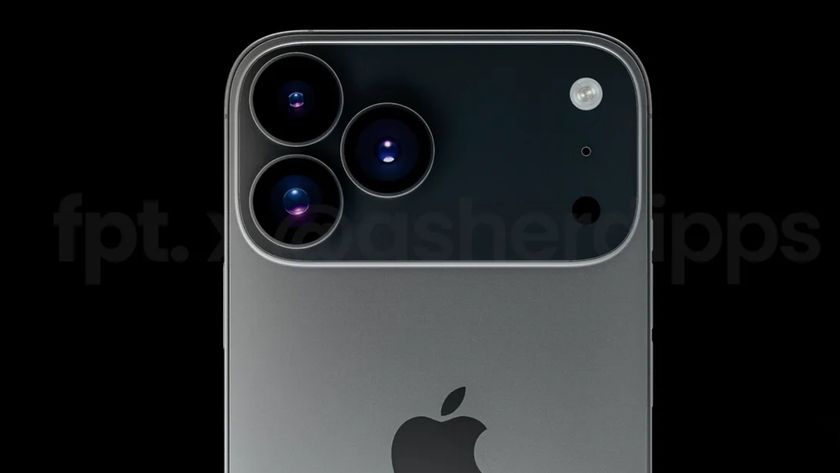
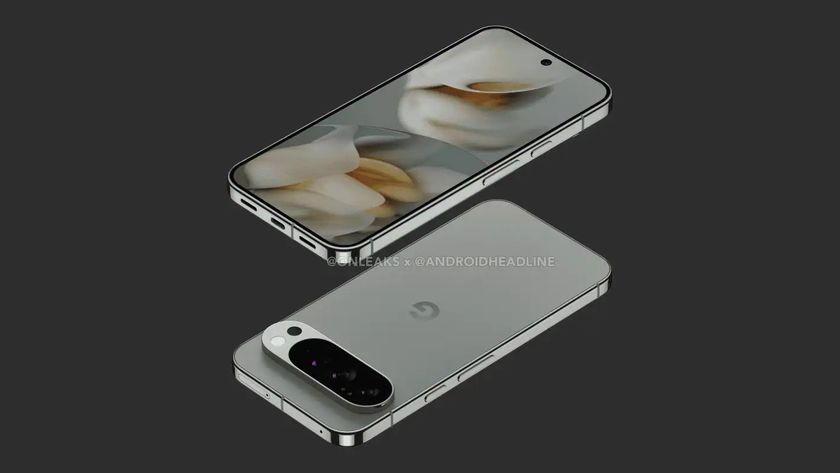
-
bit_user I don't want to hate on HP for trying, but I don't see this going anywhere.Reply
You don't have to be Apple to do innovation right, but it sure helps. And this coming from someone who's not exactly an Apple lover.




